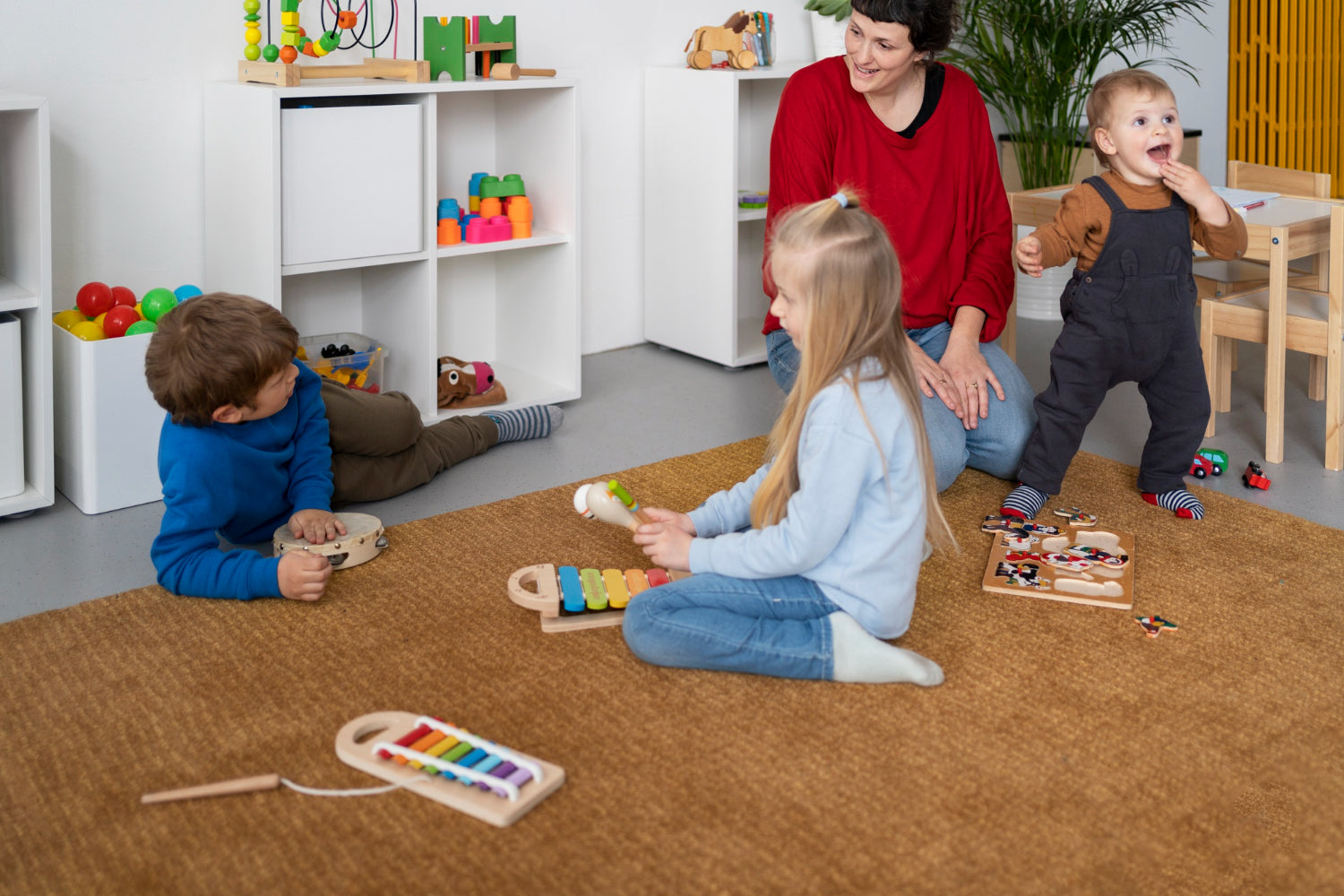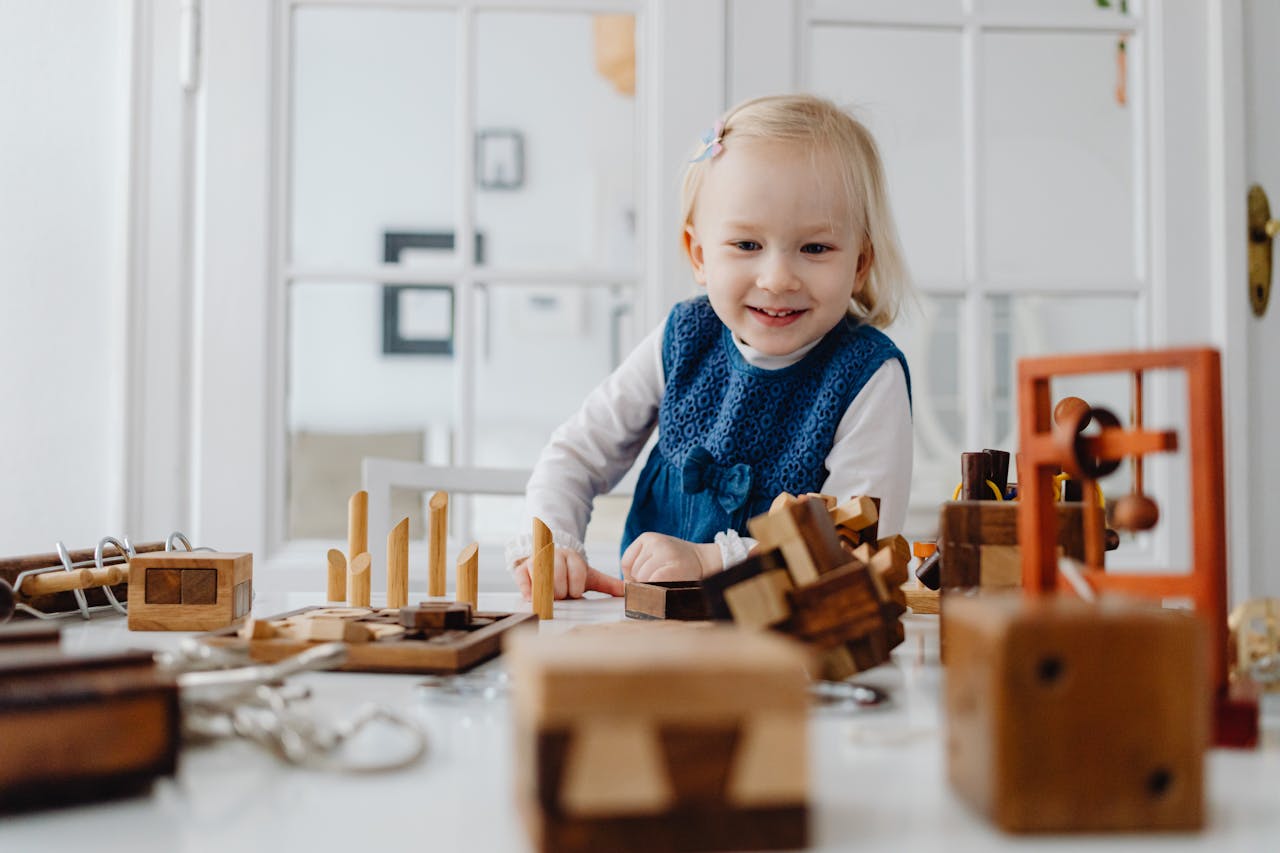Ways to Incorporate Montessori Principles Into Everyday Activities

Incorporating Montessori principles into everyday activities can transform your home into a nurturing and educational space for your child. These principles focus on creating an environment where children feel empowered, capable, and ready to learn through exploration and curiosity. By seamlessly blending learning with daily tasks, you can help your child grow in confidence and independence.
Understanding Montessori Principles for Everyday Use
Montessori principles focus on fostering independence, curiosity, and a love for learning. These principles can be easily integrated into everyday activities at home. One of the key aspects of Montessori education is respecting the child's natural development and allowing them to learn at their own pace. By understanding these core ideas, you can help your child grow and thrive in a supportive environment.
At the heart of Montessori is the concept of the child as an active participant in their own learning process. This means providing opportunities for them to engage in practical activities that are meaningful and interesting to them. For example, instead of simply playing with toys, encourage practical play that reflects real-world tasks, enhancing their awareness and understanding of their surroundings.
Another essential principle is the prepared environment, which involves organizing space in a way that is conducive to exploration and discovery. This includes child-sized furniture and accessible materials that allow them to explore and complete tasks independently. By guiding them through this path, you instill confidence and self-sufficiency.
Implementing these principles requires patience and observation. Watch how your child interacts with their environment and adjust activities to fit their interests. Encourage their natural curiosity, guiding them gently without unnecessary interference. This approach not only empowers your child but builds a solid foundation for life-long learning and problem-solving abilities.
Creating a Prepared Environment at Home
A well-prepared environment is a cornerstone of Montessori education. It involves careful planning to ensure that your home supports your child's learning and growing independence. When setting up your home with Montessori in mind, start by thinking about accessibility and functionality in each room.
Here are some steps to create a Montessori-friendly environment:
1. Child-Sized Furniture: Furniture that matches your child’s size allows them to sit, play, and explore comfortably. Consider low tables and chairs where they can easily reach materials.
2. Organized and Accessible Materials: Keep toys and learning materials neatly organized on low shelves. This organization not only encourages independent exploration but also helps them develop tidiness and responsibility.
3. Safe Exploration Zones: Designate areas in your home where your child can explore freely and safely. Remove potential hazards, ensuring their space is inviting and engaging.
4. Functional Spaces: Create specific areas for common activities, like a reading nook or art corner. This separation of spaces makes it easier for children to understand and engage with different types of activities.
5. Nature and Sensory Elements: Include elements of nature, like plants or natural light, along with sensory materials that stimulate touch, sight, sound, and smell.
By making these adjustments, you offer your child the freedom to interact with their surroundings independently. This simple yet thoughtful approach helps them become confident explorers ready to navigate the world around them.
Encouraging Independence Through Daily Tasks
Encouraging your child's independence is a central tenet of Montessori education and can be seamlessly integrated into daily tasks at home. By involving children in routine activities, you teach them valuable skills and empower them to take responsibility for their actions. Small tasks around the home can significantly boost their confidence and independence.
Start with simple activities suited to your child's abilities. For example, let them dress themselves or choose their outfits. Provide a selection of clothes within their reach, allowing them to make decisions based on preference and practicality. Letting them practice these choices fosters decision-making skills.
Include your child in meal preparation. Depending on their age, they can help wash vegetables, mix ingredients, or set the table. This involvement makes them feel like an important part of family routines and teaches them basic life skills. Ensure these tasks are safe, and offer gentle guidance to help them succeed.
Turn cleaning activities into opportunities for growth. Provide them with their own small broom or a dustpan and brush, encouraging them to tidy up their play area. Giving them responsibility for their spaces teaches them accountability and takes pride in maintaining order.
By embedding these practices into everyday tasks, you lay the groundwork for independence. Your child learns to handle their needs and challenges with a sense of achievement, essential for their developmental journey.
Fostering Curiosity and Learning in Routine Activities
Fostering curiosity and learning through routine activities transforms daily life into an enriching experience for your child. The Montessori approach encourages using ordinary moments as opportunities for exploration and understanding, blending education naturally with everyday activities.
Incorporate learning into household chores. When doing laundry, have your child help sort clothes by color or type. This activity adds elements of pattern recognition and categorization, turning a simple task into an engaging learning experience.
Cooking is another excellent opportunity to teach fundamental skills through measuring ingredients and following steps. Cooking introduces them to basic math concepts, such as counting and measuring, and it piques their interest in the food they eat. Plus, they learn to appreciate the process that brings meals to the table.
Encourage curiosity outdoors by exploring nature. Take walks, observe plants, listen to birds, and ask open-ended questions to inspire wonder about the natural world. This encourages children to observe carefully and think critically about their surroundings.
Reading together also fosters a love of learning. Choose books that reflect your child’s interests and curiosity. This regular practice not only enhances language skills but also opens their minds to new ideas and concepts.
These approaches help create an exciting world for your child’s curiosity to thrive. By embedding learning into the fabric of their routines, you support meaningful growth and a lifelong love for exploration.
Conclusion
Integrating Montessori principles into daily activities offers a holistic approach to nurturing your child's development. By creating prepared environments, encouraging independence, and fueling curiosity, you weave learning seamlessly into everyday life. This alignment not only supports cognitive, physical, and emotional growth but also builds a foundation for children to explore their world with confidence and enthusiasm. With these practices, you empower your child to learn at their own pace, respecting and honoring their unique journey.
At Hatchberry, we're dedicated to helping you embrace the Montessori lifestyle. Our range of Montessori-inspired toys and expert resources guides you in crafting an environment where your child thrives. Explore how we can complement your efforts to integrate Montessori principles into your home, and embark on a fulfilling journey of growth and discovery together with your child.








